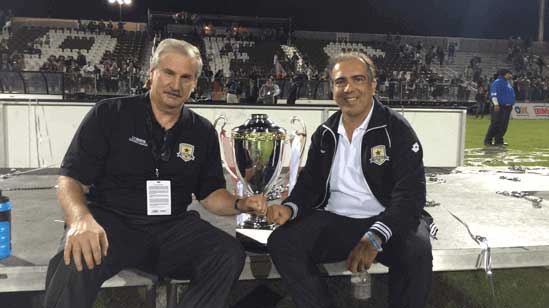Minimally Invasive Bypass Surgery
If you have coronary artery disease, bypass surgery can help. It creates a new pathway around the blocked part of your artery. This allows blood to flow again. In most cases, a healthy blood vessel (bypass graft) from another part of your body is used to create the new pathway. If you have more than one blockage, more than one bypass is done. For minimally invasive bypass surgery, incisions made in your chest are often much smaller than those made for traditional bypass surgery.

Reaching Your Heart
To get to your heart, one or more incisions must be made in your chest. An incision is made over your ribs or breastbone. The bones are then moved apart to allow access to the heart. Depending on the method your surgeon uses, small incisions may also be made near your neck and groin. After surgery, the bones are brought back together, and the incisions are sewn up.

Stopping or Slowing Your Heart
Minimally invasive bypass surgery is sometimes done without stopping the heart. The heart is only slowed down with medications. Then, a special instrument is used to hold part of the heart still while the graft is sewn on. If your surgeon decides that the entire heart must be stopped, your blood is passed through a heart-lung machine. This machine gives oxygen to your blood and pumps it back through your body. Your heart and lungs take over again once the surgery is done.

Attaching the Graft
First, the graft vessel is removed from your chest, leg, or arm. Then, one end of the graft is sewn to an opening in the coronary artery below the blockage. If a saphenous vein or radial artery is used, the other end is sewn onto the aorta. If a mammary artery is used, the other end is already attached to a branch of the aorta.









 Click Here for More Details
Click Here for More Details







